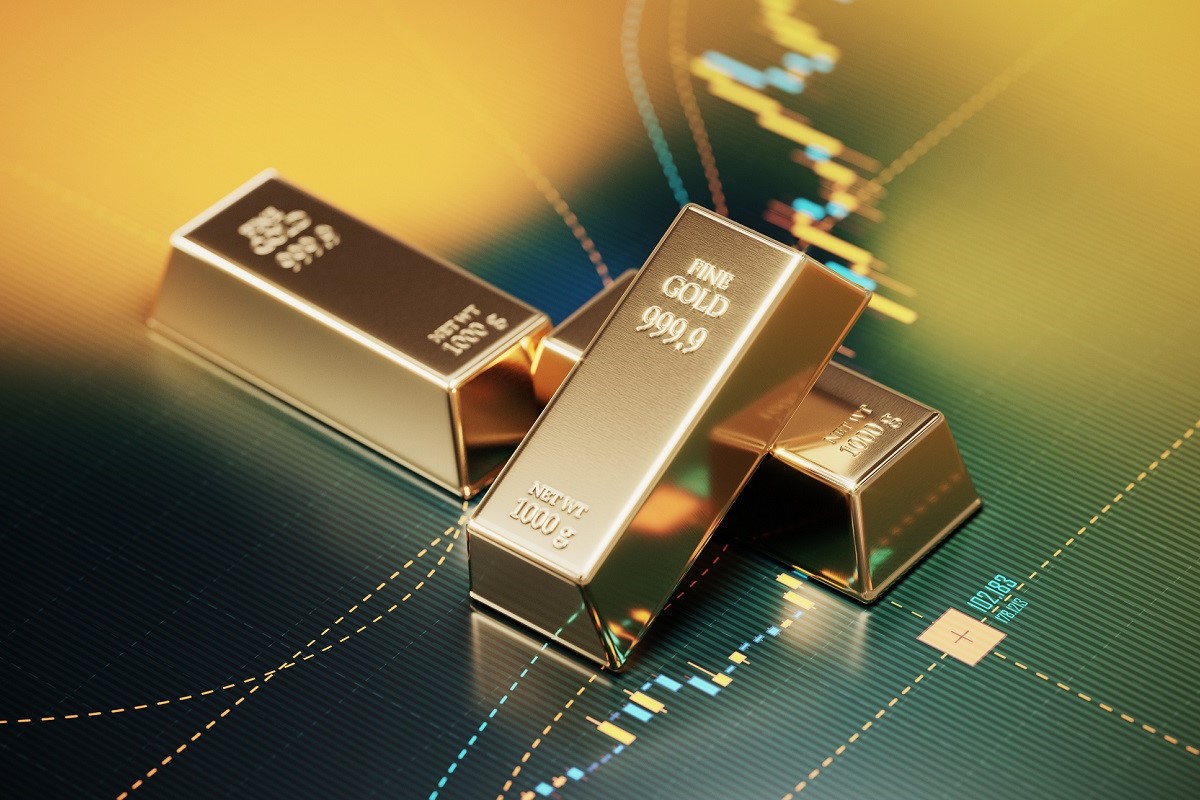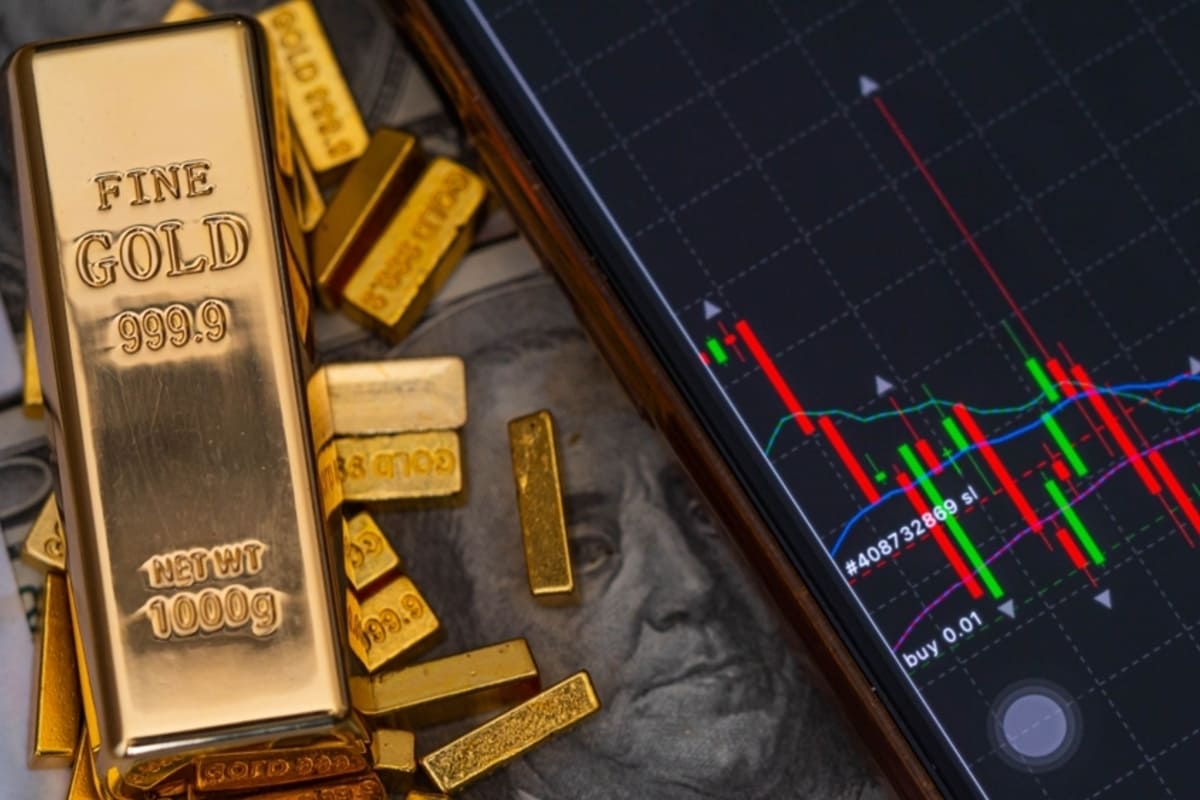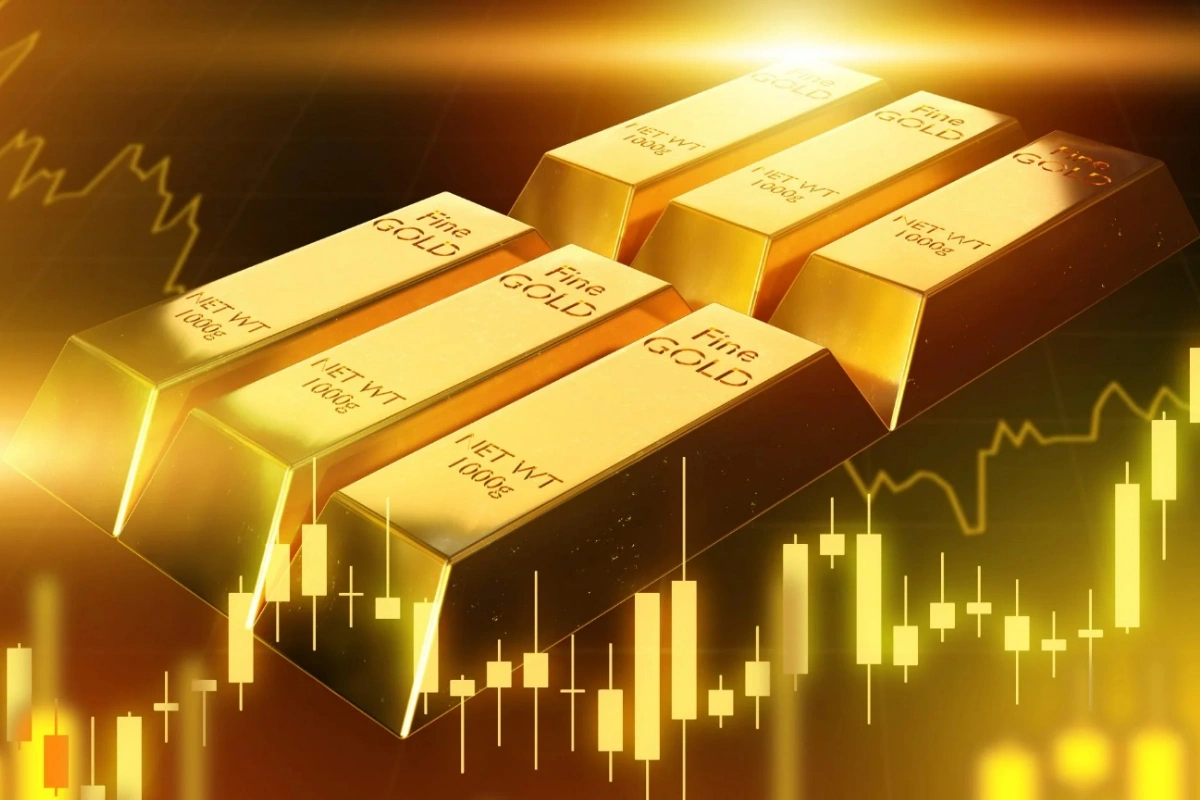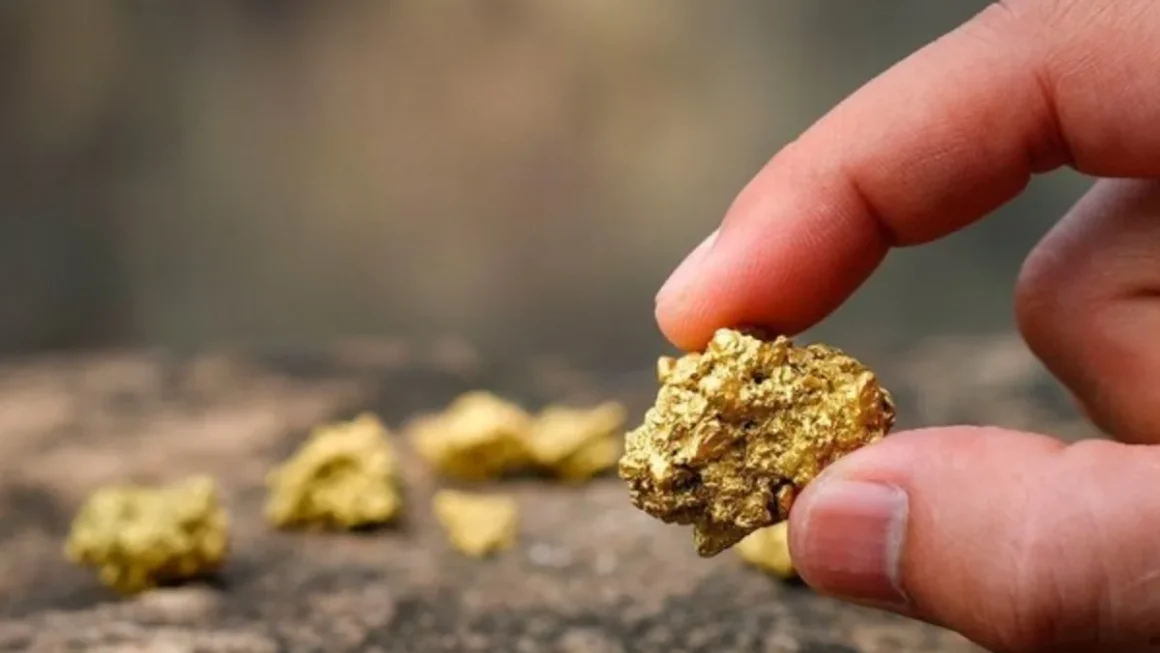Silver, platinum and palladium prices have skyrocketed this year even more than gold. Investor demand and industrial use are driving their advance, but there is also the risk of shortages and greater volatility.
A perfect storm is brewing for precious metals. The rise in gold, which has shot up 58% this year, is spreading to silver, platinum and palladium, which are posting even higher increases than gold. Although the financial outlook is positive in 2025 for both the stock markets and bonds, the buying frenzy for precious metals is opening up a place for them in investors’ portfolios.
The boom in the price of gold is the starting point. As US bank Goldman Sachs points out, “the rally in gold is supported by lasting changes in central bank reserve management, making it a move beyond simple short-term speculation. Economic uncertainty, inflation and geopolitical tensions continue to make gold an attractive haven for investors.‘ Barclays is categorical in a recent report: ’Gold’s more than 50% rally this year sends a message: growing concern about the current fiscal and monetary order.”
Experts are therefore talking about a structural change for gold and other precious metals in which, in addition to central banks, exchange-traded funds (ETFs) also play a prominent role. According to Marco Mencini, head of analysis at Plenisfer Investments, ETFs have attracted between $25 billion and $30 billion in gold this year, equivalent to 10% of annual mining production. The deterioration in the credibility of US sovereign bonds, confirmed by rating downgrades by credit rating agencies, is also seen as a factor that could fuel this fever. It is estimated that if only 1% of the private capital currently invested in US public debt were to be diverted to gold, its price could reach almost $5,000 per ounce.
Donald Trump’s economic policy, which is expected to lead to a weaker dollar and higher inflation in the US, is supporting the gold rally and also affecting silver, a scarcer metal whose price is currently being affected by liquidity tensions. Thus, the closing of short positions has sent its price on the London market to historic highs. A recent analysis by Bank of America points out that ‘dislocations have been severe in the physical silver market, which could increase volatility and put pressure on silver prices in the short term’.
Thus, silver appears to be a much more volatile metal that, in addition, does not have the backing of central banks. ‘Now, with the Fed cutting rates and the return of ETF inflows, silver is catching up. The price of silver can react sharply to these flows because the market is less liquid and about nine times smaller than that of gold, which amplifies price fluctuations,’ according to a recent report by Goldman Sachs. In addition to recent interest from institutional investors, including the most speculative ones, silver also benefits from strong demand due to its widespread industrial use, which makes its price more sensitive to supply shortages.
Experts foresee sustained demand for precious metals. Ned Naylor-Leyland, investment manager for gold and silver and the Jupiter Gold & Silver fund, believes there is scope for investors to participate even more strongly in the gold market. Last year’s price rises mainly reflect purchases by a small group of derivatives traders, including hedge funds, and central banks, which have been increasing their reserves for three years. ‘For now, mainstream investors are largely sitting on the sidelines and, in our view, are underweight in gold, silver and gold and silver mining stocks,’ he says. Looking back, Barclays recalls that, following the West’s freezing of Russian foreign exchange reserves over the war in Ukraine, central bank gold purchases more than doubled between 2021 and 2022 and have since exceeded 1,000 tonnes per year.
Thus, the euphoria surrounding precious metals persists due to expected flows. Claudio Wewel, currency strategist at J. Safra Sarasin Sustainable AM, states that ‘looking ahead, we expect demand for gold to shift progressively from retail investors to pension funds and other asset managers.’ He adds: ‘Some entities have even proposed a 60/20/20 strategy, which equalises the weight of gold and fixed income. Although this would represent the upper end of the range, raising allocations to 5% would still mean doubling or tripling the current gold positions in managers’ portfolios,’ he concludes. Looking further ahead, investment bank JP Morgan believes that gold could reach $6,000 per ounce by 2029 if there is a slight shift in global investment portfolios.

Options beyond gold
Citi has a particularly optimistic outlook for silver, projecting growth driven by strong industrial demand (solar energy, electric vehicles, electronics) and monetary demand as a safe haven. Silver will also benefit from rate cuts by the Federal Reserve, and its rise could outpace that of gold. Swiss bank UBS has raised its forecast for silver to $52 and $55 per ounce in 2025 and 2026, compared to previous targets of $44 and $47. Claudio Wewel is not so optimistic about the grey metal: “Although silver is still far from its all-time high in real terms, we do not believe this is enough to sustain its current pace of growth because, unlike gold, silver’s latest rally is closely linked to the boom in artificial intelligence (AI). There is a growing feeling among investors that the scale of recent spending on AI may have been excessive, which means that silver is likely to underperform gold over a 12- to 18-month horizon.‘ Ned Naylor-Leyland, on the other hand, believes that ’if we look at the relationship between the price of gold and the price of silver, I think it’s time for silver to rebound. It is an important component used in industry and is also experiencing a considerable shortage,” he adds.
While silver has a strong industrial component, platinum and palladium are even more dependent on the secondary sector of the economy. Palladium is mainly used in petrol cars and electronics. Platinum has more uses in diesel cars, luxury jewellery and medical applications.
UBS remains more cautious about platinum and palladium, which remain closely linked to industrial demand. The bank raised its forecast for platinum to £1,350 per ounce at the end of the year, up from £1,200 previously, but expects lower prices in the future. Although recent, this forecast has already been surpassed by reality, as platinum contracts for December this year are trading at £1,683 per ounce. Last Friday, it was trading at £1,683 per ounce. Commerzbank has revised its platinum price forecast for the end of 2025 upwards to $1,400 per troy ounce, up from the previous $1,350 per ounce. And by the end of 2026, it expects it to be trading at around $1,700 per ounce.
Minor adjustments in automotive demand and investment demand explain platinum’s strong performance. “The upturn in investment demand is attributed to strong interest in platinum bullion and coins. Interestingly, the expected demand for ETFs this year has been confirmed,” the German bank explains. As for palladium, they note that it is underperforming compared to other major precious metals due to weak demand in recent years. However, it is trading at $1,621 per troy ounce in December contracts and was trading at $1,585 last Friday. Unlike platinum, demand for palladium is strongly affected by the automotive sector, which has a negative impact. Commerzbank expects palladium prices to reach £1,350 per ounce by the end of 2026, up from its previous forecast of £1,300 per ounce.

The option of investing in mining companies
There are three main ways to invest in precious metals: direct purchase, acquisition of ETFs that replicate the different metals and, finally, owning shares in the mining companies that extract them. Some companies in the sector, especially those specialising in gold mining, are seeing stock market gains this year that double the rise in gold. Schroders is one of the firms that, despite the rally, continues to see upside potential in mining companies. ‘Companies have much stronger balance sheets and are offering much more value to shareholders via share buybacks and dividends,’ argues the British firm. For his part, Naylor-Leyland points out that ‘mining companies are performing excellently at the operational level, especially in this challenging market environment where many other stocks are a drag.’
And the stock market performance of these companies is very good in 2025. Among silver miners, Fresnillo is up 299% for the year, followed by First Majestic Silver with a 179% increase and Silvercorp Metal with 149%. The same has happened to platinum and palladium miners. Sibanye Stillwater’s share price has risen 240% so far this year and Impala Platinum Holdings has gained 138%.
It is also possible to invest in platinum and palladium ETFs. The most accessible in Europe are WisdomTree Physical Platinum, iShares Physical Platinum ETC, WisdomTree Physical Palladium and iShares Physical Palladium.
The euphoria surrounding precious metals looks set to continue, with gold leading the way. According to experts, the surprises that metals have delivered over the last three years are here to stay and will become an essential part of investment portfolios.




